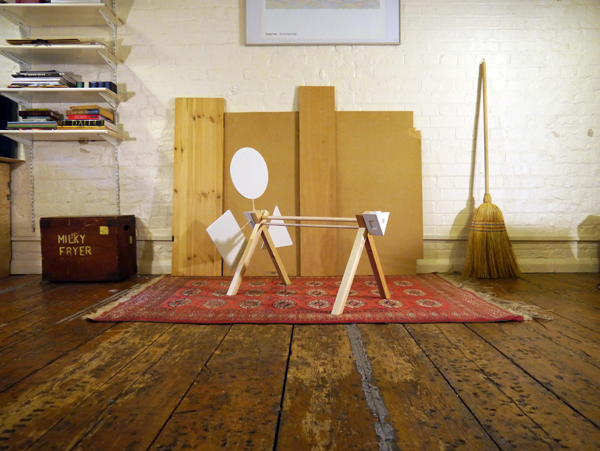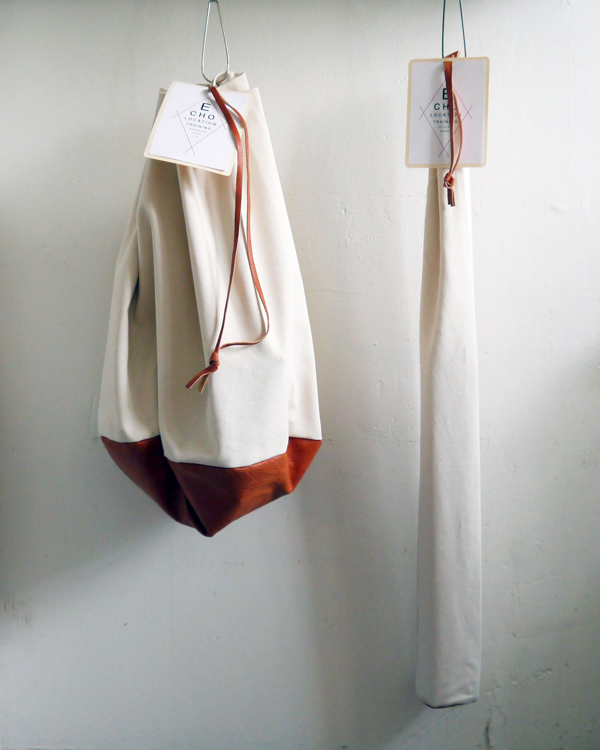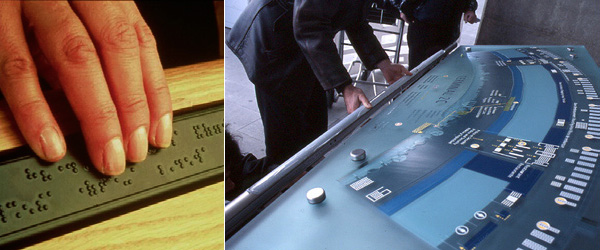The Double Contrast Glass, Jug, Hob Guard, Plate B, Mug, Cutlery and Chopping Board with Chopping Knife are all a part of the Leaven Range of Cutlery And Kitchen Tools for a person who is suffering from partial or full sight loss. Essentially the range is very interactive and with subtle hints and indentations is able to provide sensory feedback to the user. With the intention of making the dining experience more confident and fulfilling, I think designer Simon Kinneir has addressed and resolved quite a few key issues.
Designer: Simon Kinneir
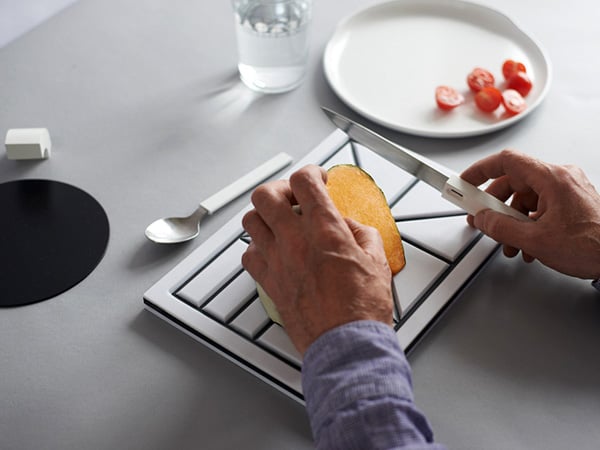
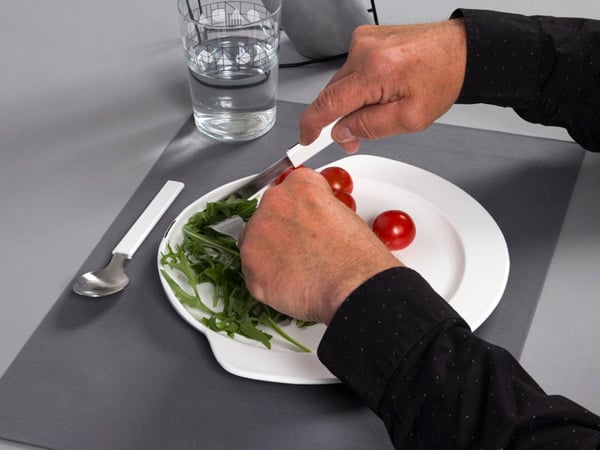
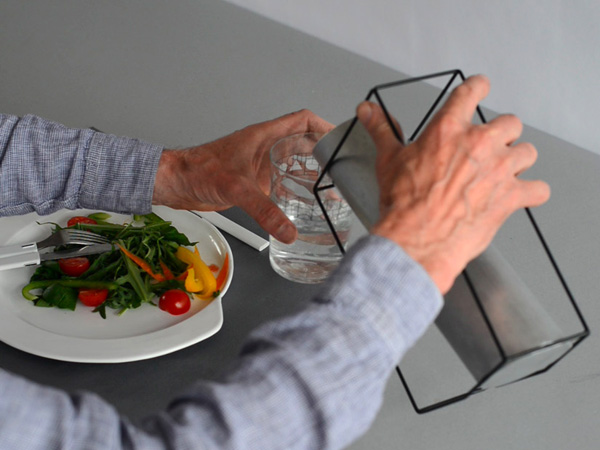

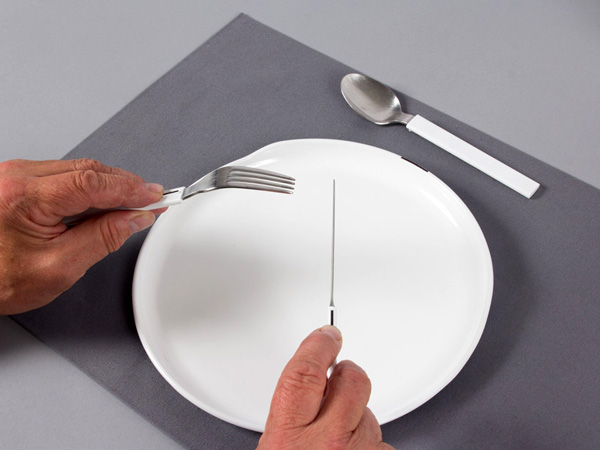
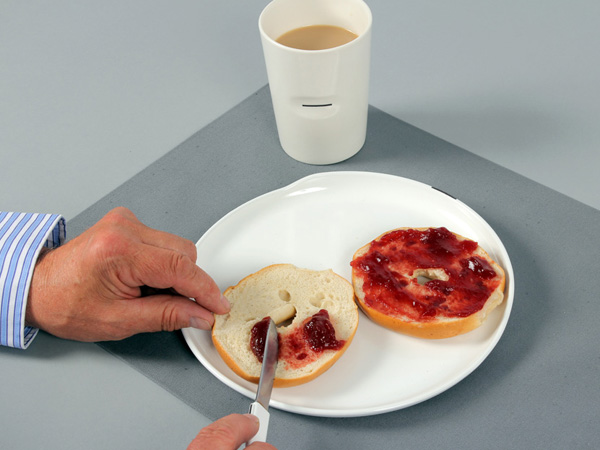

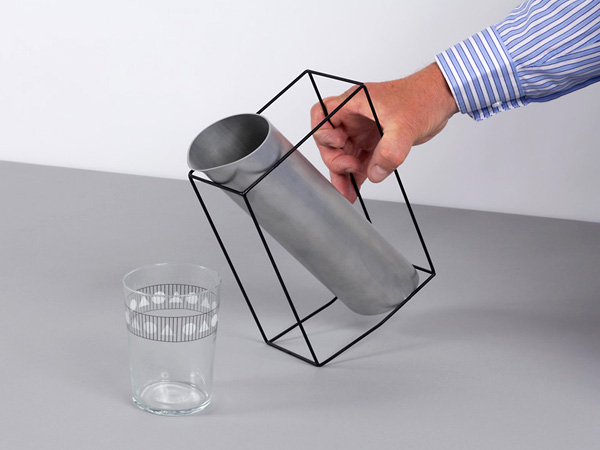
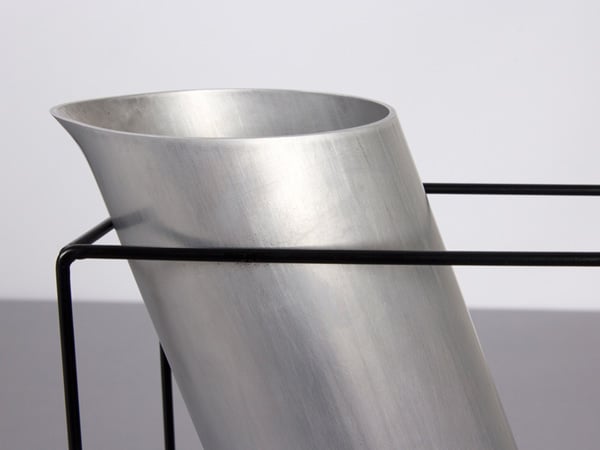
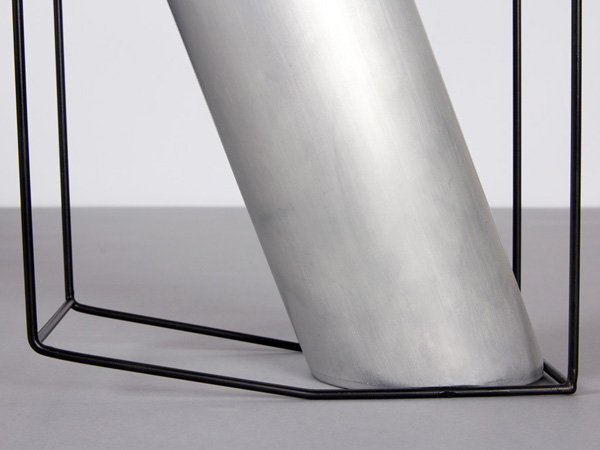
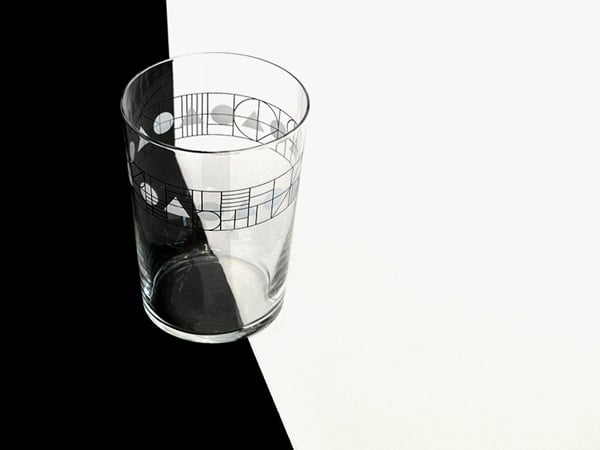
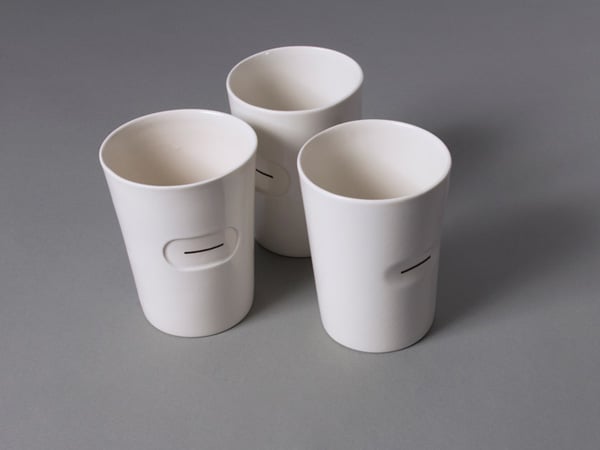
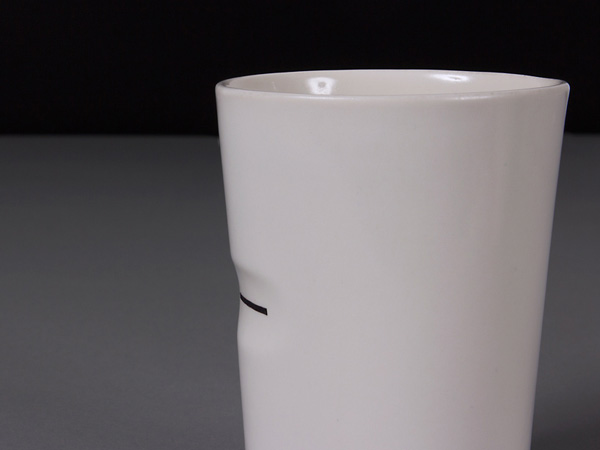
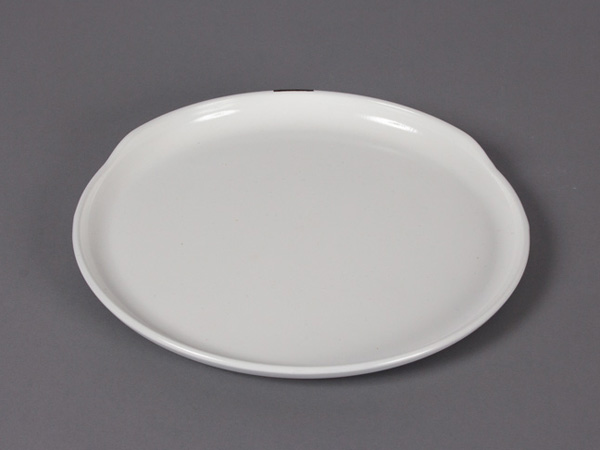
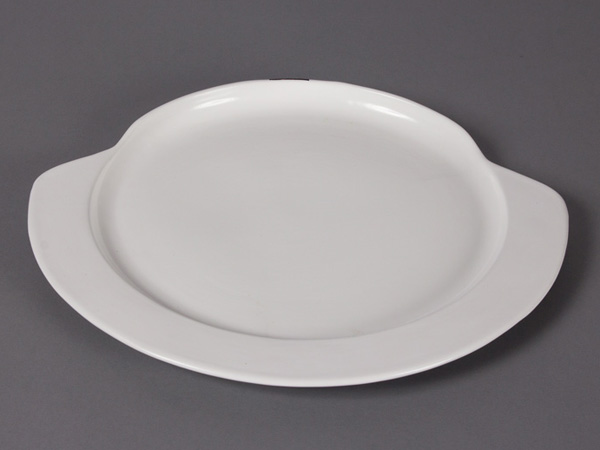
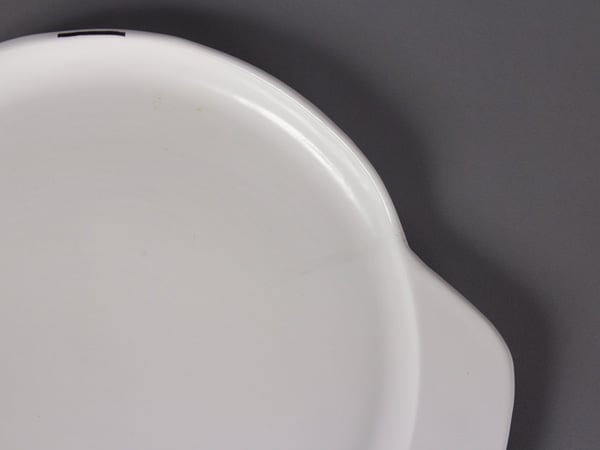
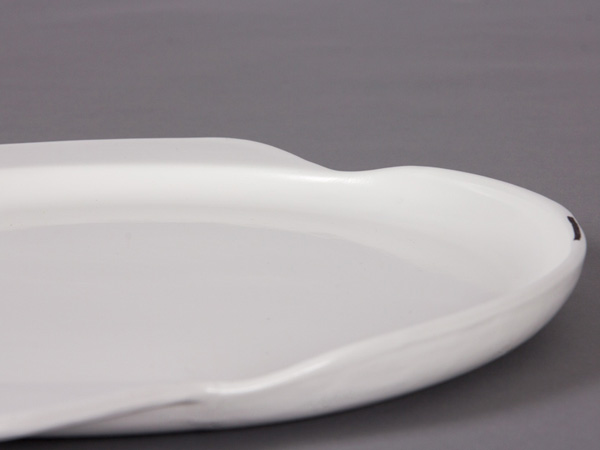
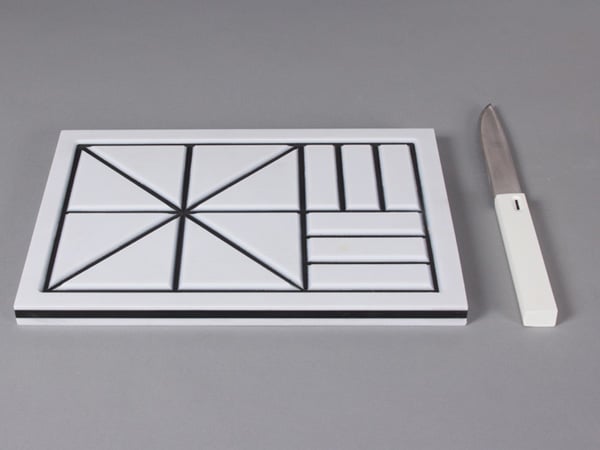
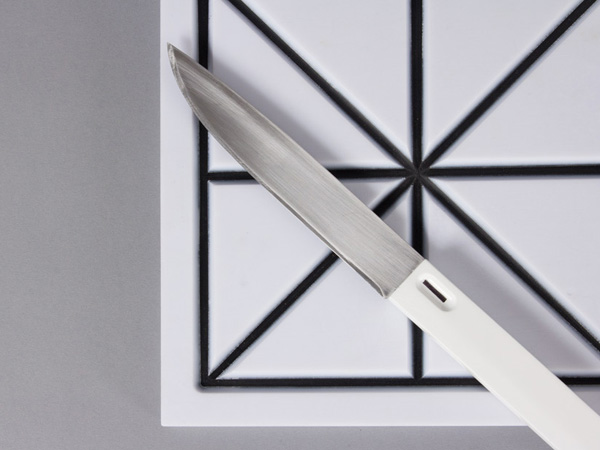
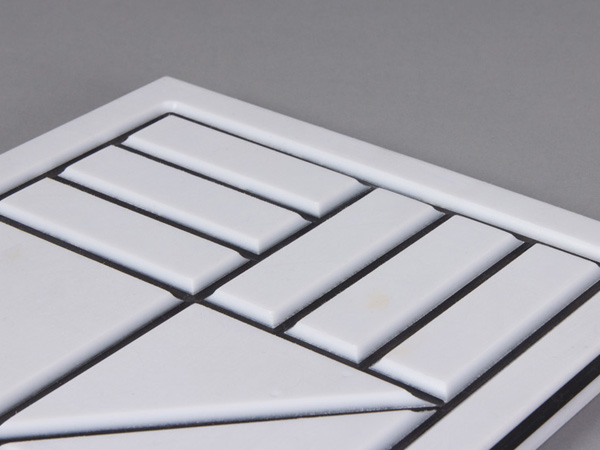
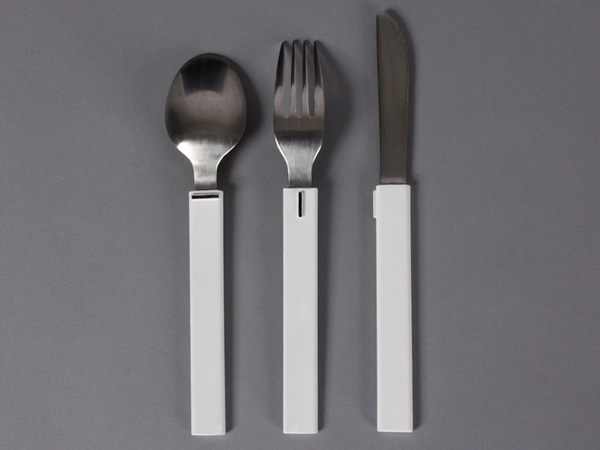
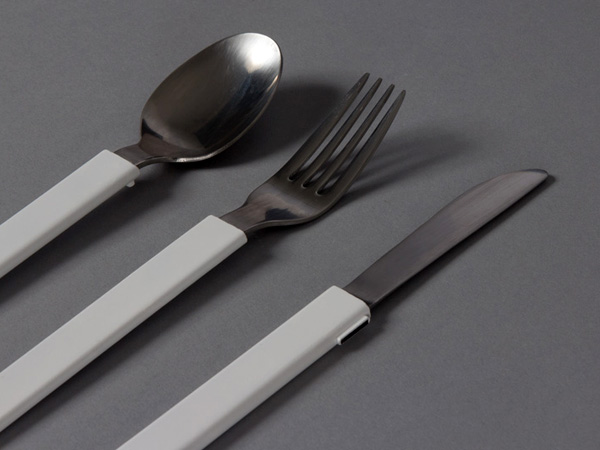
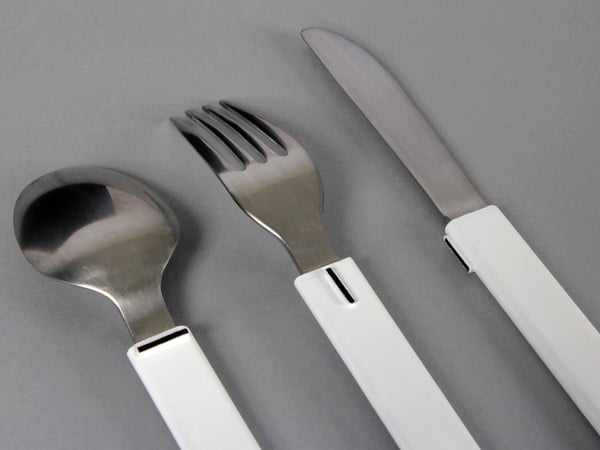
-
Yanko Design
Timeless Designs - Explore wonderful concepts from around the world!
Shop CKIE - We are more than just concepts. See what's hot at the CKIE store by Yanko Design!
(Subtle Sensory Feedback Through Food was originally posted on Yanko Design)
Related posts:
- AlphaSphere – Multi-sensory Relaxation Furniture by Sha
- Subtle Contribution
- Subtle Reminders for Eco-Awareness






